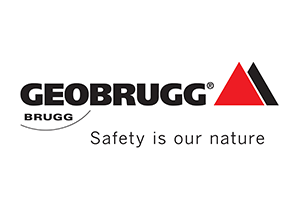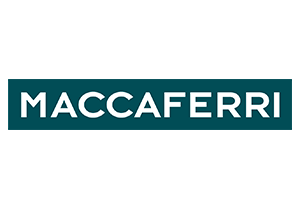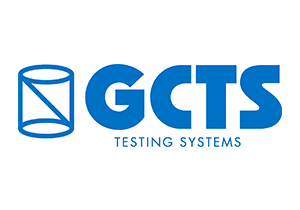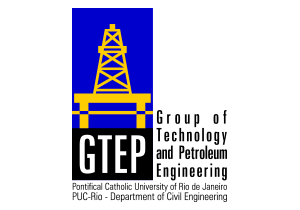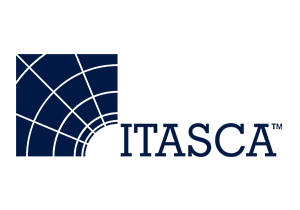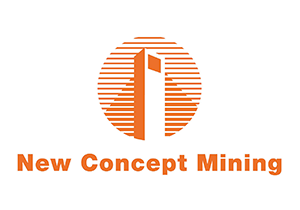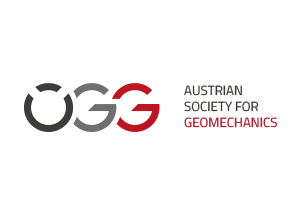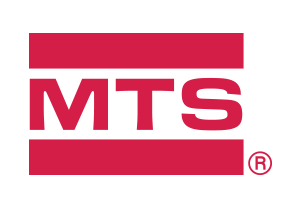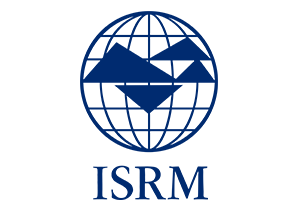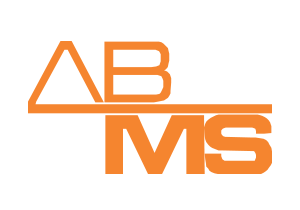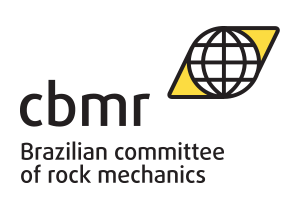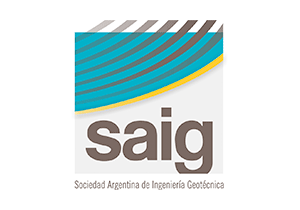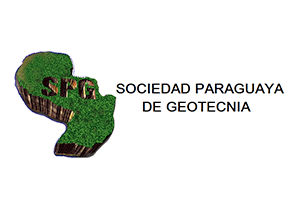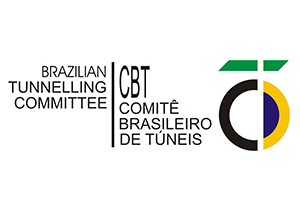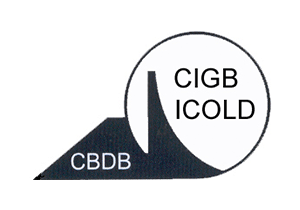Short Courses
| Short courses / Workshops | Instructor(s) | Date | Time | Registration Fee |
|---|---|---|---|---|
| GEOLOGY FOR ROCK ENGINEERING PROJECTS (Short Course) |
Dr. Christophe Vibert
Dr. Philippe Vaskou |
13 September 2019 | 08h30 - 18h30 | US$ 200 |
| ROCK ENGINEERING DESIGN APPROACHES AND CHALLENGES IN DEEP HARD ROCK MINING ENGINEERING (Workshop) |
Dr Mostafa Sharifzadeh
Dr. Antonio Samaniego Prof. Xia-Ting Feng |
13 September 2019 | 08h30 - 18h30 | US$ 250 |
| ROCSCIENCE TOOLS FOR MINING APPLICATIONS (Short Course) |
Thamer Yacoub
|
13 September 2019 | 08h30 - 18h30 | US$ 150 |
| 2D AND 3D MODELLING FOR UNDERGROUND AND SLOPE ROCK ENGINEERING (Short Course) |
Dr. Giuseppe Cammarata
Marina Trevizolli |
14 September 2019 | 08h30 - 18h30 | US$ 150 |
| GEOTECHNICAL MONITORING IN CONVENTIONAL TUNNELLING (Short Course) |
Professor Wulf Schubert
|
14 September 2019 | 08h30 - 18h30 | US$ 200 |
| GROUTING WORKS BASED ON SPREAD OF GROUT IN ROCK FRACTURE (Workshop) Cancelled |
A. Fransson
M. El Tani J. Lopez Molina T. Carter Z Zhao H. Krenn H. Stille |
14 September 2019 | 08h30 - 18h30 | US$ 250 |
| ROCK MECHANICS IN NUCLEAR WASTE DISPOSAL PROGRAMS (Workshop) |
Ju Wang
Eda Freitas de Quadros Chunliang Zhang Gilles Armand Xiangling Li Rolf Christiansson Jianfu Shao Kaiwen Xia Hide Yasuhara Chun’an Tang Ming Cai Liang Chen Sandra Fahland Xingguang Zhao Hongsu Ma Zhihong Zhao Qizhi Zhu Pengzhi Pan Guibin Wang |
14 September 2019 | 08h30 - 18h30 | US$ 200 |
| THE INTEGRATION OF STRUCTURAL GEOLOGY AND APPLIED ROCK MECHANICS (Short Course) |
Dr. Nick Barton
Prof. John Cosgrove |
14 September 2019 | 08h30 - 18h30 | US$ 250 |
Limited number of places
Short courses and workshops must reach the breakeven, otherwise they will be canceled until September 6th
It is not mandatory to register at the congress to enroll in a course.
The short courses registration won't be reserved.
It means, if you did not make your payment until the deadline of September 02nd, this vacancy will be available at the local accreditation for new registrations.
2D AND 3D MODELLING FOR UNDERGROUND AND SLOPE ROCK ENGINEERING
Date: 14 September 2019
Places: 40*
Registration fee: US$ 150
Instructors:


Description
This one-day course will combine lectures and demo sessions focused on 2D and 3D numerical modeling of tunneling and slopes by using the software PLAXIS and SVSLOPE.
During the morning and the first part of the afternoon the course will cover the fundamental principles for the most suitable behavioral models for rock masses in FEM analysis and the application of FEM in 2D and 3D tunneling analysis.
During the second part of the afternoon the course will present topics related to both 2D and 3D slope stability analysis and conceptual model design.
Agenda
Modelling Rock Masses in FEM
Hoek-Brown model and recent developments
Modelling of jointed rocks
Behavioral rock models application (Demo)
Modelling tunnels in 2D/3D
Tunneling FEM analysis (Demo)
2D/3D slope stability analysis
Open Pit slope stability analysis application (Demo)
GEOLOGY FOR ROCK ENGINEERING PROJECTS
Date: 13 September 2019
Places: 40*
Registration fee: US$ 200
Instructors:

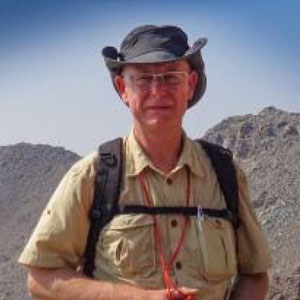
Description
The short course deals first with a recall of basic data of structural geology, presenting the different processes of genesis and resulting characteristics of the main types of rock masses, with emphasize on fractured masses. Thereby is presented how to define a site investigation really adapted to the site conditions. Then, the methods of analysis of site geotechnical conditions of rock masses are described, including rock mass classification. Interest and limitations of these classifications will be highlighted and illustrated, based on the use of structural geology during mapping. Obtaining sound data via adapted investigation equipment, as well as the process of data validation will then be exposed, from the rock matrix scale to the rock mass of the site. Particular emphasis is put on the influence of groundwater and groundwater circulation over properties of the rock masses, including how these can be taken into consideration. The second part of the short course will focus on follow‐up during construction, demonstrating the prime importance of continuous data acquisition during this phase, such as geological/geotechnical mapping of excavation faces. For this purpose, examples will be analysed from real industrial projects. How original design assumptions and design values can be validated and/or updated will also be presented on the basis of case studies. The end session will describe the monitoring instruments, and how to select the most suitable devices for the validation or updating of design parameters. A fruitful exchange with the attendees of the short course is expected at the end of the day.
Agenda
- Registration & Welcome
- Site investigation
- Introductory words – Objectives of the Short Course
- How to organise a Site Investigation – Interest and use of a structural approach
- Rock mass classifications for defining input parameters: interest & limitations
- Data, from site investigation to models – Selection of suitable equipment & Procedures for the validation of data (matrix, fractures, site)
- Taking into account water in rock engineering: impact on rock mass strength parameters, role of groundwater pressures
- Excavation / Construction phase
- Mapping at face & walls – Various procedures in industrial projects; Link with rock mass assessment
- Validation of design hypotheses and selection of design parameters
- Geotechnical monitoring ‐ Adaptations of design parameters during excavation: theory and practice
- Conclusions & discussions
GEOTECHNICAL MONITORING IN CONVENTIONAL TUNNELLING
Date: 14 September 2019
Places: 40*
Registration fee: US$ 200
Instructors:

Description
The uncertainties in geological and geotechnical models cause a certain residual risk, which needs to be managed during construction. For a safe and economical completion of an underground project an observational approach is required. Monitoring is an essential component of the observational method. It serves several purposes, like verifying assumptions made during design, calibrating models, adjustment of excavation and support to actual ground conditions and behaviour, observe the stabilization process and assess system safety, predict conditions ahead of the face, and conserve evidence. By proper planning and executing a monitoring project the residual risk can be considerably reduced.
During the last decades, monitoring methods have been further developed, as well as new methods for data evaluation and interpretation introduced. In particular, the introduction of absolute displacement monitoring has considerably increased the value of the information, allowing a much better assessment of the mechanisms associated with tunnelling. Besides assessing the stabilization process, the influence of geological features outside the visible area can be easily detected, allowing a timely adjustment of excavation and support. Thus “surprises” during excavation can be minimized, contributing to more efficient and economical completion of a project.
The Short Course will address the development of a monitoring project, introduce state of the art monitoring methods, possibilities for data evaluation and interpretation, as well as basics of geotechnical safety management on site. Site data are used to illustrate benefits of different methods. Practical examples will serve as exercises for the participants.
Geotechnical engineers, engineering geologists and other engineers working on underground projects are addressed. The course also may benefit clients, wanting to apply state of the monitoring methods in their projects.
Agenda
- Purpose and aim of monitoring
- Development of a monitoring project
- Monitoring methods, instrumentation, typical monitoring layouts
- Evaluation and presentation of monitoring data
- Time-displacement versus distance-displacement graphs
- State line diagrams
- Displacement vectors in longitudinal and cross section
- Ratios of displacements
- Utilization of shotcrete linings
- Interpretation of data
- Stability assessment
- Prediction of displacement development
- Prediction of changing ground quality
- Available software
- Basics of geotechnical safety management
GROUTING WORKS BASED ON SPREAD OF GROUT IN ROCK FRACTURE
Date: 14 September 2019
Places: 40*
Registration fee: US$ 250
Instructors:

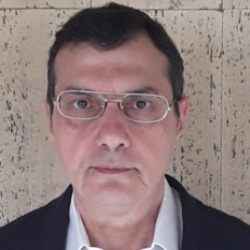

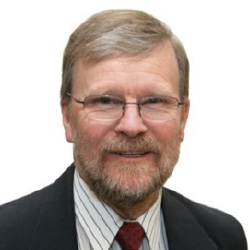



Description
The characterisation of the hosting rock and its discontinuities are investigated with appropriate methods for a reliable grouting design and efficient grouting works. Stop criteria are an important part of grouting design. The analytic developments of grout spread led to the reinterpretation and parameterization of the empirical criteria and to new one. The difference between theory and practice depends on uncertainties and the observational method with its contingency measures bridge their gap. To this end, monitoring is of primary importance for a real time feedback. And data mining is necessary for a pre‐selection of the appropriate parameters and interventions in similar conditions. Grout practice and case studies are the best way to test the theories and collect data for a back analysis of jacking and fracturing.
Agenda
- Rock fractures investigation and pressure test (A. Fransson)
- Stop criteria related to spread in rock fractures (M. El Tani)
- Observational method and its application in dam projects (J. Lopez Molina)
- Progress of Computer Monitored Grouting (T Carter)
- Data mining in rock grouting and parameter estimation (Z. Zhao)
- Grout practice and case studies (H. Krenn)
- Jacking and fracturing in rock mass grouting (H. Stille)
ROCK ENGINEERING DESIGN APPROACHES AND CHALLENGES IN DEEP HARD ROCK MINING ENGINEERING
Date: 13 September 2019
Places: 40*
Registration fee: US$ 250
Instructors:
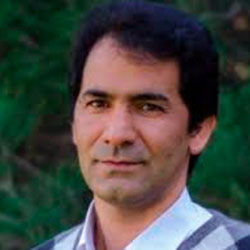
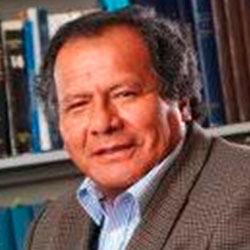

Description
The rapid-growing trend of resource extraction in the world, results in increases depth of underground mines. Eventually deep underground mines will face an increasing magnitude of stress, temperature, water pressure and seismicity. On the other hand, geoengineering deals with huge uncertainty in geomaterial properties, in-situ stresses, testing, and modelling, which leads to great challenges in design. Knowledge of ground, mine and operational factors and their variability leads the designer to better estimation of geomechanical behaviour and safe design optimisation. This workshop is designed to develop audience knowledge in geomechanical design of deep underground hard rock mines, which will enhance their competencies and prepares them for better and more effective contributions in their future career. This is designed to introduce from basic to advanced topics of geomechanical design aspects on deep underground mine excavation. Attendees from mining, civil and engineering geology or other related fields and professionals who work on this area would also benefit from this course.
Agenda
- Introduction to Rock Mechanics application in deep underground Mining,
- Challenges in determining reliable design input parameters
- Comprehension of ground behaviour and selection of suitable design strategy,
- Support system, reinforcement and stabilisation design and verification,
- Real time monitoring (conventional – seismic) and design update (forensic study)
- Case studies from Australia, China and South America,…
- Concluding remarks, discussion and future prospects.
ROCK MECHANICS IN NUCLEAR WASTE DISPOSAL PROGRAMS
Date: 14 September 2019
Places: 40*
Registration fee: US$ 200
Instructors:



















Description
Safe disposal of high-level radioactive waste (HLW) is a challenging rock engineering task for the sustainable development of nuclear energy and environmental protection. Geological disposal is considered to be a feasible and safe option for the long-term management of HLW worldwide, and many countries have considered building deep geological repositories (DGRs) in which to dispose of spent fuel or vitrified HLW. This workshop aims at introducing some key rock mechanics topics for the development of DGRs. Meanwhile, the planning and the latest progress of nuclear waste disposal programs in different counties will be shared. Experience and lessons gained from nuclear waste disposal programs will also be summarized. Attendees from geology, hydrogeology, and rock mechanics or other related fields would benefit from this workshop.
Agenda
- Nuclear waste disposal programs and R&D on rock mechanics
- Worldwide perspectives on radioactive waste disposal, especially in geological disposal of high-level radioactive waste
- Coupled T-H-M behavior of host rocks for geological repositories
- Numerical modeling
- Performance assessment of geological repositories
- Characterization of fractured media
- Challenges facing radioactive waste disposal
ROCSCIENCE TOOLS FOR MINING APPLICATIONS
Date: 13 September 2019
Places: 40*
Registration fee: US$ 150
Instructors:

Description
This course aims to provide a basis for numerical modeling of rock mechanics related to mining engineering by using 2D and 3D finite elements tools
Agenda
- Module I: Slope stability analysis using Slide2 and Slide3
- Module II: Using anisotropic rock mass material for slope stability
- analysis
- Module III: Using RS2 and RS3 for embankment and tailing dams
- Module IV: Shear Reduction Method for Open pit stability analysis
Required equipments:
Each participant should bring their own laptops
THE INTEGRATION OF STRUCTURAL GEOLOGY AND APPLIED ROCK MECHANICS
Date: 14 September 2019
Places: 40*
Registration fee: US$ 250
Instructors:


Description
This one-day short course will cover some key elements of the lecturers’ developments and work in rock mechanics, rock engineering and structural geology, respectively. The course will start with a structural geology lecture. A brief reminder is given of some fundamentals: stress, brittle failure and the factors that determine joint or fracture spacing, regularity and continuity within a set, in other words important parts of our input geometries for rock mechanics, modelling, and empiricism. The non-linear shear strength of rock, rock joints and rock masses will be covered next, as these are fundamental to many areas of rock engineering and needed for input to realistic numerical UDEC-BB and 3DEC (jointed) modelling. The second structural geology lecture will be about the the geometry of the joint or fracture network and its influence on rock mass bulk properties, such as connectivity, conductivity and strength. Fundamentals of rock mass anisotropy will follow, including the quantification of deformability, seismic velocity and permeability, to contrast with today’s commonly applied isotropic modelling. The last two lectures will be empirically based, and mostly concern rock engineering in tunnelling. The Q-system is an example of observational empiricism, using rock mass classification as a basis for site-interpretation and tunnel-and-cavern design assistance, including input for numerical modelling. TBM tunnelling performance will follow, from world records to more common performance, especially the surprises, problems and big delays sometimes caused by fault zones. The QTBM prognosis method for estimating penetration rate PR and actual advance rate AR, will be described, applied and illustrated.
Agenda
- The Generation of Joint or Fracture Networks in a Rock Mass Using Fracture Analysis (Cosgrove)
- Shear Strength of Rock, Rock Joints And Rock Masses: Problems and Solutions (Barton)
- The Role of The Joint or Fracture Network in Controlling the Bulk Properties of a Rock Mass (Cosgrove)
- Anisotropy is Everywhere: To See, To Measure, To Model (Barton)
- Forty Years With The Q-System: Lessons and Developments (Barton)
- Tbm Performance, Prognosis and Risk Caused By Faulting (Barton)
Important informations:
Pdf of all lectures (approx. 500 screens), and pdf of related keynote/plenary lectures (approx. 150-200 pages) will be provided to all participants.
Requıred equipments:
Each participant should bring their own laptops
Limited number of places
Short courses and workshops must reach the breakeven, otherwise they will be canceled until September 6th
It is not mandatory to register at the congress to enroll in a course

